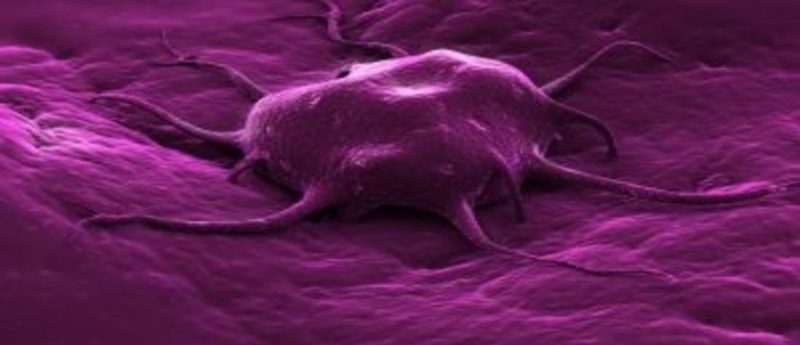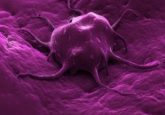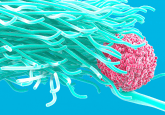Is lung cancer screening possible with digital chest tomosynthesis?

Tomography, also known as stratigraphy, was developed in the 1930s by the Italian radiologist Alessandro Vallebona [1] and proved to be useful in reducing the problem of superimposition of structures in projectional radiography. A chest tomogram is a picture of the chest area created by moving the x-ray machine in one direction, while moving the recording film the other way. Consequently, structures in the focal plane appear sharper, while structures in other planes appear blurred. Different focal planes that contain the structures of interest can be selected by modifying the direction and extent of the movement. Until the 1980s, before the advent of more modern computer-assisted techniques, chest stratigraphy was a pillar of the diagnosis and preoperative evaluation of patients who had to undergo lung surgery. The ideas used in the first stratigraphy techniques led to the development of computed axial tomography. Computerized techniques allowed conventional tomography to evolve and solve many of the problems associated with tomography, such as radiation dose given to the patient and long positioning time when multiple sections were required. In tomosynthesis, by collecting a number of projection images at different angles with a digital detector, an unlimited number of section images at arbitrary depths can be produced by using a suitable reconstruction algorithm [2].
Click here to view full article.




